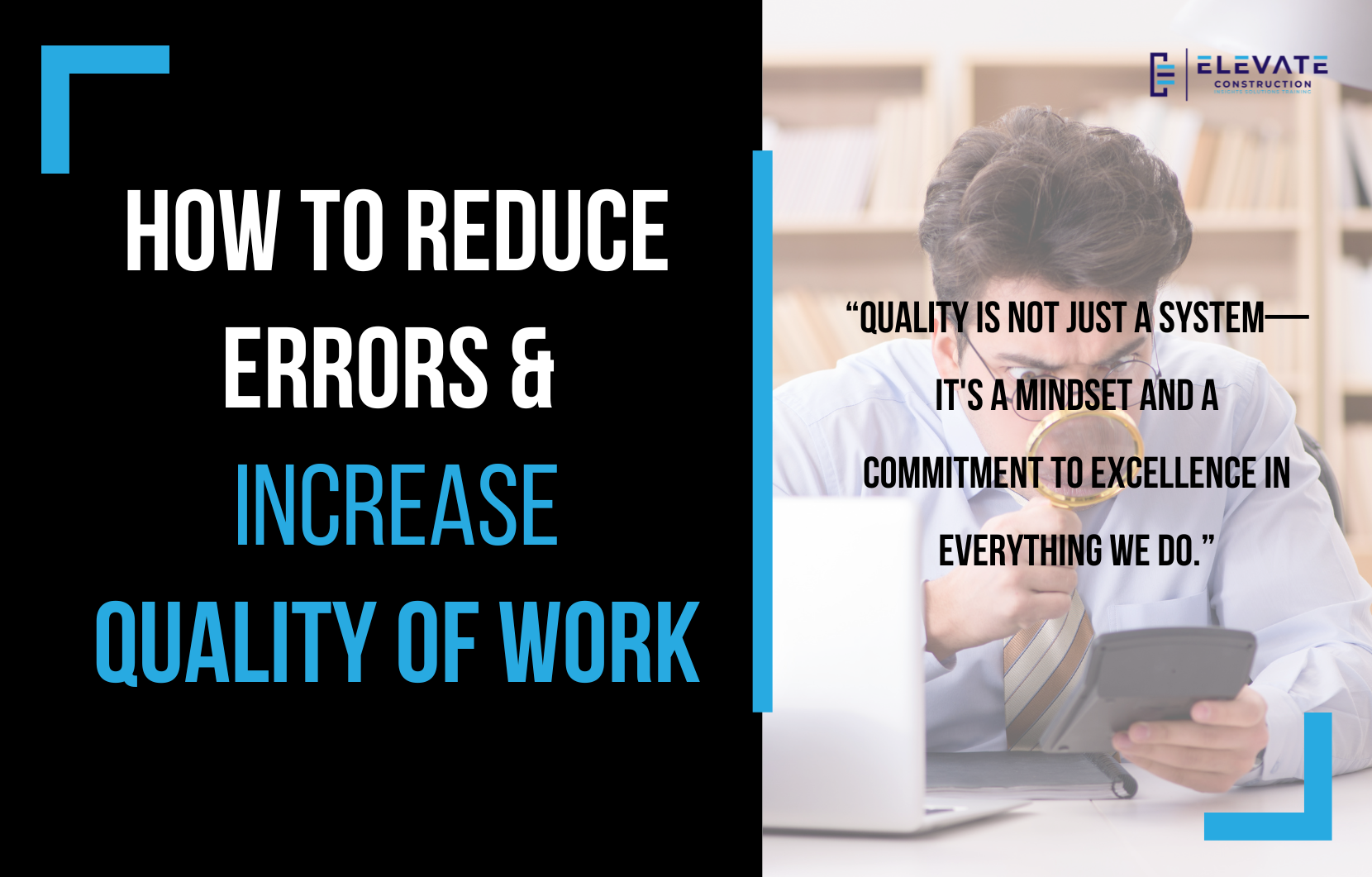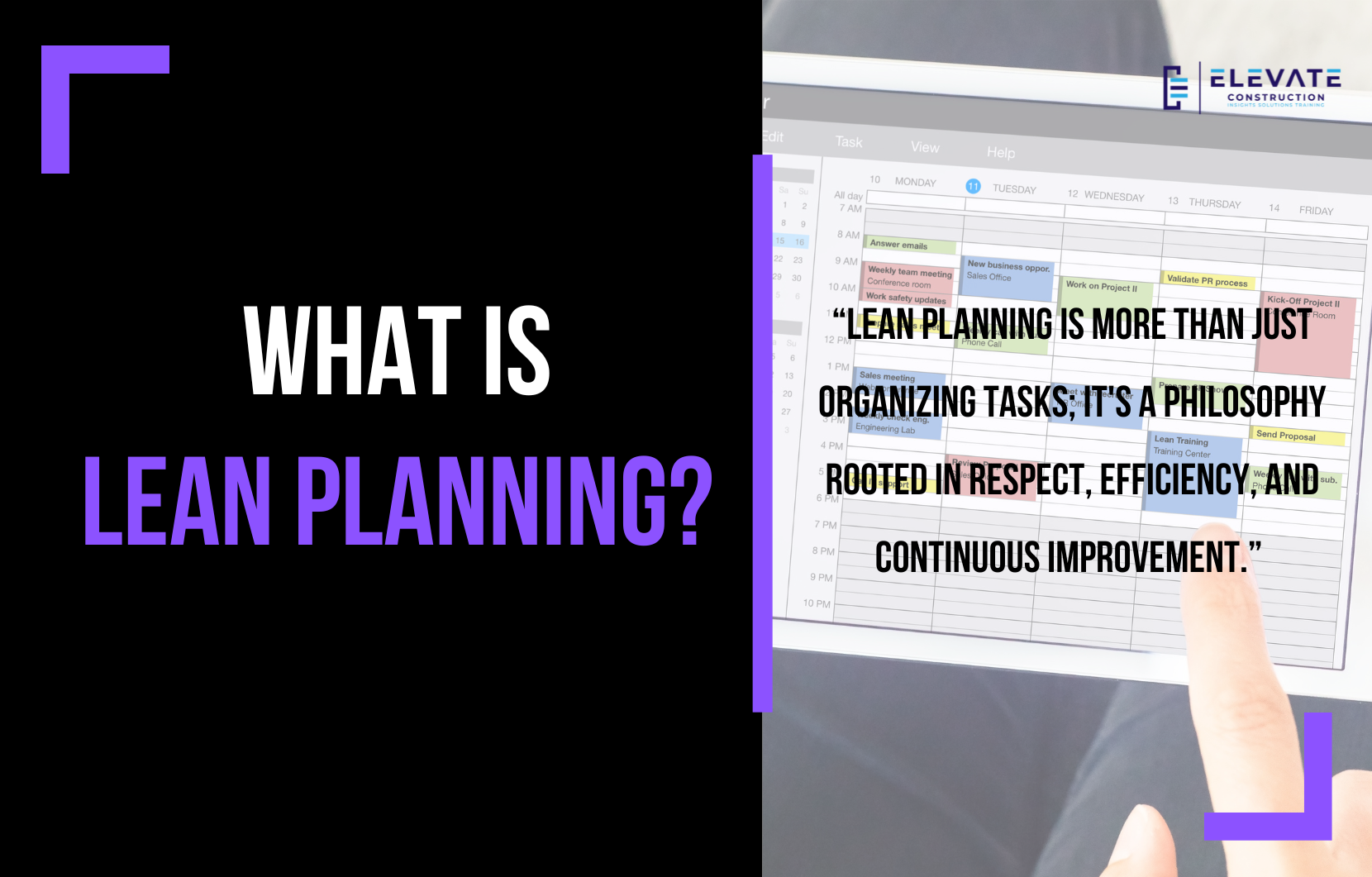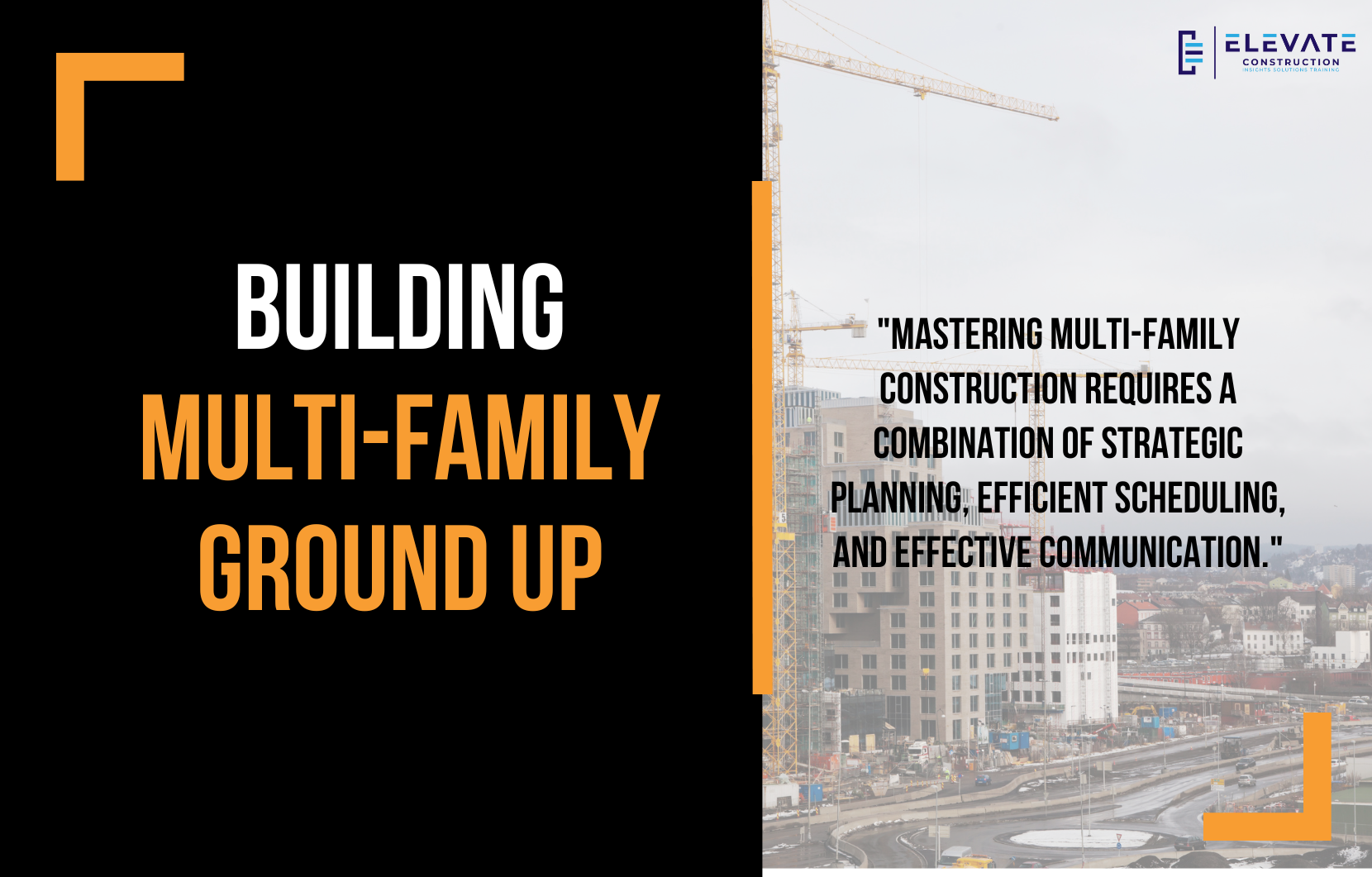In the construction industry, ensuring quality work is paramount to success. In this comprehensive guide, we’ll explore the key strategies and practices to reduce errors, enhance productivity, and deliver exceptional results on construction projects.
- Understanding Quality Expectations:
Quality work begins with a clear understanding of the expectations set by project owners and regulatory authorities. Gather information from plans, specifications, and direct communication with stakeholders to define quality standards. Engage with owners to uncover their specific preferences and priorities, ensuring alignment with project goals.
- Simplifying Quality Management:
Quality management doesn’t have to be complex. Avoid lengthy manuals and intricate processes. Instead, focus on simplicity and clarity. Ensure that every member of the team understands the quality expectations and can effectively implement them on the job site.
- Conducting Pre-Construction Meetings:
Pre-construction meetings play a crucial role in setting the stage for quality work. Schedule these meetings three weeks before work begins and ensure that key personnel, such as superintendents and foremen, are present. Review project plans, safety protocols, and quality requirements to align everyone’s understanding and expectations.
- Utilizing Visual Work Boards:
Visual aids are powerful tools for communicating quality standards on the job site. Create visual work boards or checklists that outline specific quality requirements in a clear and concise manner. Make these tools easily accessible to all workers and ensure they are prominently displayed in work areas.
- Implementing Morning Worker Huddles:
Start each workday with brief morning huddles to discuss the day’s plan and objectives. Use this time to reinforce quality expectations and address any concerns or questions from the team. Ensure that every crew leader has access to quality checklists or visual aids to guide their work throughout the day.
- Establishing Zone Control Walks:
Zone control walks enable proactive quality management by inspecting work areas regularly. Superintendents and foremen should conduct daily or weekly inspections to ensure work meets quality standards before completion. Encourage open communication and collaboration between project leaders and crew members during these inspections.
- Creating a Culture of Quality:
Foster a culture of quality within your organization by encouraging open dialogue, continuous improvement, and accountability. Celebrate successes and address any quality issues promptly and constructively. Emphasize the importance of delivering quality work on every project and instill a sense of pride in craftsmanship among your team members.
Conclusion:
By following these essential steps, construction teams can significantly improve the quality of their work and achieve greater success on projects. Remember, quality is not just a system—it’s a mindset and a commitment to excellence in everything we do. Start implementing these strategies today and watch your projects thrive.
If you want to learn more we have:
-Takt Virtual Training: (Click here)
-Check out our Youtube channel for more info: (Click here)
-Listen to the Elevate Construction podcast: (Click here)
-Check out our training programs and certifications: (Click here)
-The Takt Book: (Click here)
Discover Jason’s Expertise:
Meet Jason Schroeder, the driving force behind Elevate Construction IST. As the company’s owner and principal consultant, he’s dedicated to taking construction to new heights. With a wealth of industry experience, he’s crafted the Field Engineer Boot Camp and Superintendent Boot Camp – intensive training programs engineered to cultivate top-tier leaders capable of steering their teams towards success. Jason’s vision? To expand his training initiatives across the nation, empowering construction firms to soar to unprecedented levels of excellence.
On we go!











